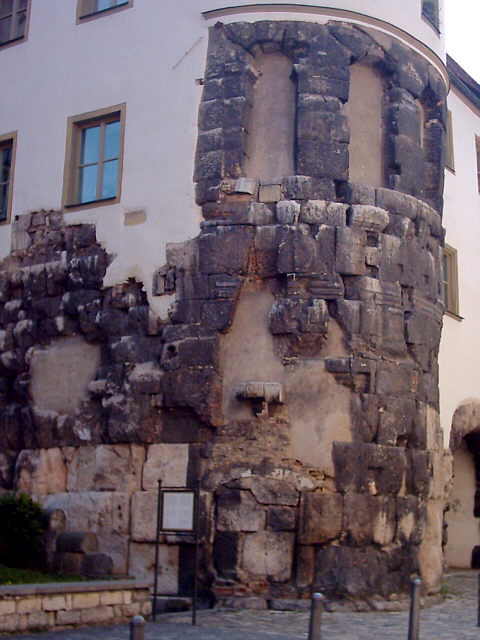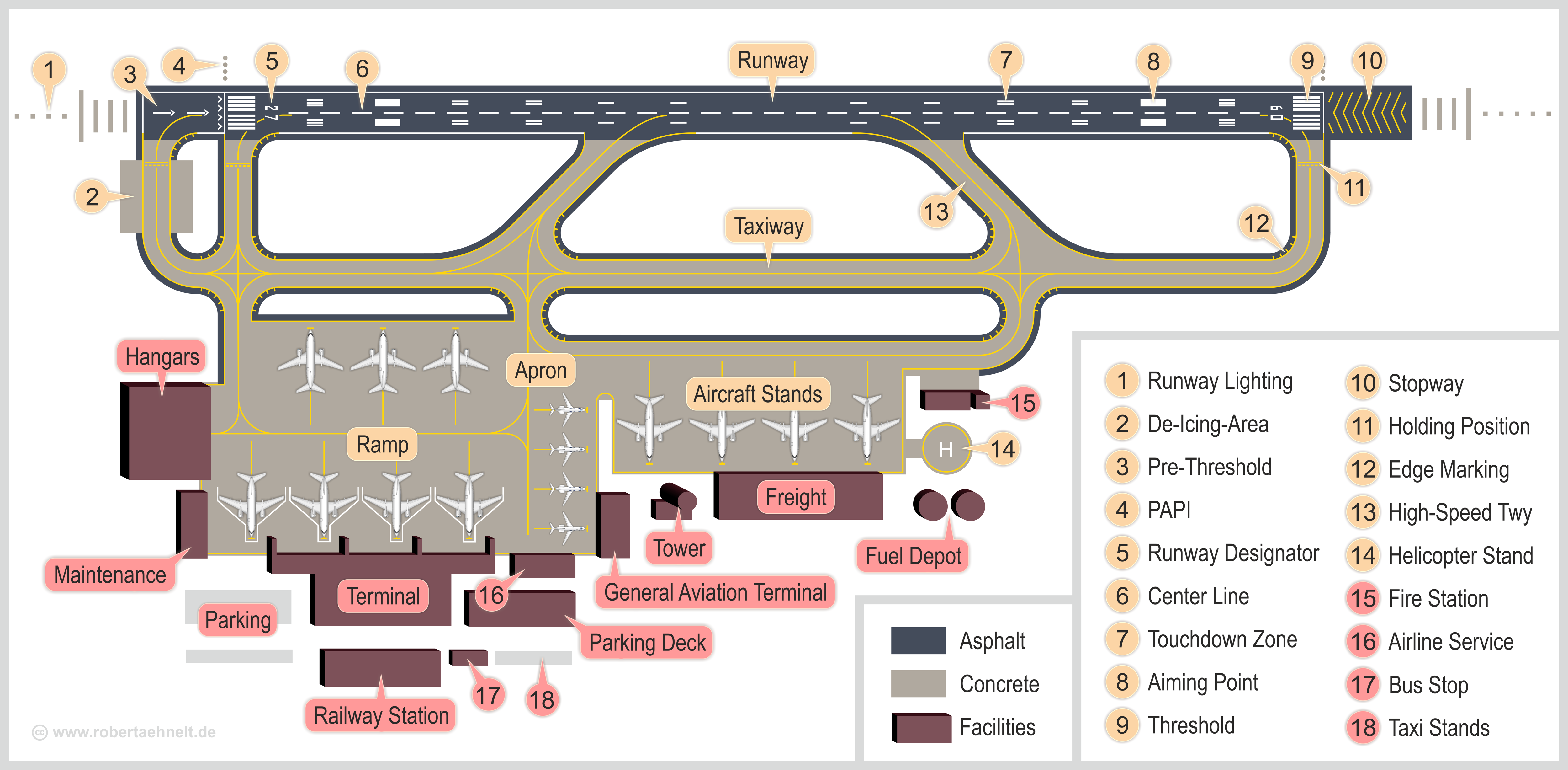|
AAF Station Wiesbaden
Lucius D. Clay Kaserne () , commonly known as Clay Kaserne, formerly known as Wiesbaden Air Base and later as Wiesbaden Army Airfield, is an installation of the United States Army in Hesse, Germany. The ''kaserne'' is located within Wiesbaden-Erbenheim. Named for General Lucius D. Clay, it is the home of the Army's 2d Theater Signal Brigade, 66th Military Intelligence Brigade and is the headquarters of the U.S. Army Europe and Africa (USAREUR-AF). USAREUR-AF oversees V Corps, Security Assistance Group-Ukraine, the 7th Army Training Command, 10th Army Air & Missile Defense Command and 21st Theater Sustainment Command. Clay Kaserne also maintains an airfield, facilitated by 1-214th Aviation. History Origins The land on which present-day Clay Kaserne now stands was originally built in 1910 as a race track for horses. In 1929, the race track was converted into a regional airport. The ''Luftwaffe'' took over operations in 1936. One unit stationed at the airfield was ''Jagdg ... [...More Info...] [...Related Items...] OR: [Wikipedia] [Google] [Baidu] |
United States Army Installation Management Command
The United States Army Installation Management Command (IMCOM) is a Combat service support (United States), support formation of the United States Army responsible for the day-to-day management of Army installations around the globe. Army garrisons are communities that provide many of the same types of services expected from any small city. IMCOM is a major subordinate command of U.S. Army Materiel Command (AMC). IMCOM is headquartered at Fort Sam Houston. History IMCOM was activated on 24 October 2006, to reduce bureaucracy, apply a uniform business structure to manage U.S. Army installations, sustain the environment and enhance the well-being of the military community. It consolidated three organizations under a single command as a direct reporting unit: #The former Installation Management Agency (IMA) #The former Community and Family Support Center, now called United States Army's Family and MWR Programs, Family and MWR Programs, which was formerly a subordinate command of ... [...More Info...] [...Related Items...] OR: [Wikipedia] [Google] [Baidu] |
V Corps (United States)
V Corps (), formerly known as the Fifth Corps, is a regular army, regular corps of the United States Army Headquarters, headquartered at Fort Knox, Kentucky and Camp Kościuszko, Poland. It previously served during World War I, World War II, the Cold War, Kosovo War, and the War on Terrorism. Shoulder sleeve insignia The corps's shoulder patch, a pentagon whose points lie on an imaginary circle in diameter whose edges are white lines in width and whose radial lines are white in width, was approved on 3 December 1918. The triangles thus outlined in white are flag blue. The pentagon represents the number of the Corps, while blue and white are the colors associated with Corps flags. History World War I V Corps was organized 7–12 July 1918 in the Regular Army (United States), Regular Army in France, as part of the American Expeditionary Forces. By the end of World War I, the Corps had fought in three named campaigns. Interwar period The V Corps was constituted in the Unit ... [...More Info...] [...Related Items...] OR: [Wikipedia] [Google] [Baidu] |
Schweinfurt
Schweinfurt ( , ; ) is a town#Germany, city in the district of Lower Franconia in Bavaria, Germany. It is the administrative centre of the surrounding Schweinfurt (district), district (''Landkreis'') of Schweinfurt and a major industrial, cultural and educational hub. The urban agglomeration has 100,200 (2018) and the city's catchment area, including the Main-Rhön region and parts of South Thuringia, 759,000 inhabitants. Schweinfurt was first documented in 791 and is one of the oldest cities in Bavaria. Around 1000 the Margraves of Schweinfurt controlled large parts of northern Bavaria. From the 12th century until 1802 Schweinfurt was a Free imperial city within the Holy Roman Empire; around 1700 it became a centre of Renaissance Humanism, humanist activity, and in 1770 the city's 250-year industrial history began. During World War II, the Americans suffered their biggest air defeat over Schweinfurt in the Second Raid on Schweinfurt ''(Black Thursd ... [...More Info...] [...Related Items...] OR: [Wikipedia] [Google] [Baidu] |
Regensburg
Regensburg (historically known in English as Ratisbon) is a city in eastern Bavaria, at the confluence of the rivers Danube, Naab and Regen (river), Regen, Danube's northernmost point. It is the capital of the Upper Palatinate subregion of the state. With more than 150,000 inhabitants, Regensburg is the List of cities in Bavaria by population, fourth-largest city in the State of Bavaria after Munich, Nuremberg and Augsburg and the eighth-largest of all List of cities and towns on the river Danube, cities on the river Danube. From its foundation as an imperial Roman river fort, the city has been the political, economic and cultural centre of the surrounding region. Later, under the rule of the Holy Roman Empire, it housed the Perpetual Diet of Regensburg. The medieval centre of the city was made a UNESCO World Heritage Site in 2006 because of its well-preserved architecture, being the biggest medieval city site north of the Alps, and the city's historical importance for assembli ... [...More Info...] [...Related Items...] OR: [Wikipedia] [Google] [Baidu] |
Messerschmitt
Messerschmitt AG () was a German share-ownership limited, aircraft manufacturing corporation named after its chief designer Willy Messerschmitt from mid-July 1938 onwards, and known primarily for its World War II fighter aircraft, in particular the Bf 109 and Me 262. The company survived in the post-war era, undergoing a number of mergers and changing its name from Messerschmitt to Messerschmitt-Bölkow-Blohm before being bought by Deutsche Aerospace (DASA, now part of Airbus) in 1989. History Background In February 1916, the south German engineering company MAN AG and several banks purchased the unprofitable aircraft builder Otto-Flugzeugwerke, starting a new company, ''Bayerische Flugzeugwerke AG'' (abbreviated ''B.F.W.'', and meaning approximately "Bavarian Aircraft Factory"). The articles of association were drawn up on 19 and 20 February, and completed on 2 March 1916. Details of the company were recorded in the Commercial Register with an equity capital of RM ... [...More Info...] [...Related Items...] OR: [Wikipedia] [Google] [Baidu] |
Messerschmitt Bf 109
The Messerschmitt Bf 109 is a monoplane fighter aircraft that was designed and initially produced by the Nazi Germany, German aircraft manufacturer Messerschmitt#History, Bayerische Flugzeugwerke (BFW). Together with the Focke-Wulf Fw 190, the Bf 109 formed the backbone of the ''Luftwaffe's'' fighter force during the World War II. It was commonly called the Me 109 by Allied aircrew and some German aces/pilots, even though this was not the official model designation. The Bf 109 was designed by Willy Messerschmitt and Robert Lusser, who worked at BFW during the early to mid-1930s. It was conceived as an interceptor aircraft, interceptor. However, later models were developed to fulfill multiple tasks, serving as Escort fighter, bomber escort, fighter-bomber, day fighter, day-, night fighter, night-, all-weather fighter, ground-attack aircraft, and aerial reconnaissance aircraft. It was one of the most advanced fighters when the fighter first appeared, being furnished with an all-me ... [...More Info...] [...Related Items...] OR: [Wikipedia] [Google] [Baidu] |
Jagdgeschwader 50
''Jagdgeschwader'' 50 (JG 50), sometimes erroneously referred to as ''Jagdgruppe'' 50, was formed at Wiesbaden-Erbenheim Airfield in the early June 1943 as ''Jagdgruppe Süd''. It only controlled two augmented '' Staffeln'' (squadrons). It was a specialized unit with the primary objective to combat the United States Army Air Forces' heavy bomber formations as well as intercepting the Royal Air Force's de Havilland Mosquito light bombers during World War II. The Geschwader was equipped with the Messerschmitt Bf 109, some of them equipped with the under-wing WGr 21 rocket-propelled mortar, as well as a special high-altitude variant. History On 21 July 1943, ''Jagdgruppe Süd der ObdL'' was formed as a high-altitude fighter unit to combat the RAF's Mosquito twin-engine bomber and reconnaissance aircraft. On 15 August 1943 the unit was redesignated ''Jagdgeschwader'' 50 and was commanded by ''Major'' Hermann Graf, the first pilot in history to achieve 200 aerial victories. It was ... [...More Info...] [...Related Items...] OR: [Wikipedia] [Google] [Baidu] |
Luftwaffe
The Luftwaffe () was the aerial warfare, aerial-warfare branch of the before and during World War II. German Empire, Germany's military air arms during World War I, the of the Imperial German Army, Imperial Army and the of the Imperial German Navy, Imperial Navy, had been disbanded in May 1920 in accordance with the terms of the 1919 Treaty of Versailles, which banned Germany from having any air force. During the interwar period, German pilots were trained secretly in violation of the treaty at Lipetsk (air base), Lipetsk Air Base in the Soviet Union. With the rise of the Nazi Party and the repudiation of the Versailles Treaty, the Luftwaffe's existence was publicly acknowledged and officially established on 26 February 1935, just over two weeks before open defiance of the Versailles Treaty through German rearmament and conscription would be announced on 16 March. The Condor Legion, a Luftwaffe detachment sent to aid Nationalist faction (Spanish Civil War), Nationalist for ... [...More Info...] [...Related Items...] OR: [Wikipedia] [Google] [Baidu] |
Airport
An airport is an aerodrome with extended facilities, mostly for commercial Aviation, air transport. They usually consist of a landing area, which comprises an aerially accessible open space including at least one operationally active surface such as a runway for a airplane, plane to take off and to land or a helipad, and often includes adjacent utility buildings such as Air traffic control, control towers, hangars and airport terminal, terminals, to maintain and monitor aircraft. Larger airports may have airport aprons, taxiway bridges, air traffic control centres, passenger facilities such as restaurants and Airport lounge, lounges, and emergency services. In some countries, the US in particular, airports also typically have one or more fixed-base operators, serving general aviation. Airport operations are extremely complex, with a complicated system of aircraft support services, passenger services, and aircraft control services contained within the operation. Thus airpor ... [...More Info...] [...Related Items...] OR: [Wikipedia] [Google] [Baidu] |
Race Track
A race track (racetrack, racing track or racing circuit) is a facility built for racing of vehicles, athletes, or animals (e.g. horse racing or greyhound racing). A race track also may feature grandstands or concourses. Race tracks are also used in the study of animal locomotion. A ''racetrack'' is a permanent facility or building. ''Racecourse'' is an alternate term for a horse racing track, found in countries such as the United Kingdom, India, Australia, Hong Kong, and the United Arab Emirates. Race tracks built for bicycles are known as '' velodromes''. ''Circuit'' is a common alternate term for race track, given the circuit configuration of most race tracks, allowing races to occur over several laps. Some race tracks may also be known as ''speedways'', or ''raceways''. A ''race course'', as opposed to a ''racecourse'', is a nonpermanent track for sports, particularly road running, water sports, road racing, or rallying. Many sports usually held on race tracks also can occu ... [...More Info...] [...Related Items...] OR: [Wikipedia] [Google] [Baidu] |
21st Theater Sustainment Command
The 21st Theater Sustainment Command (21st TSC) provides theater sustainment throughout EUCOM and AFRICOM Areas of Responsibility in support of USAREUR and 7th Army. On order, it deploys to support theater opening, distribution, and Reception, Staging, Onward Movement & enable Integration (RSO&I) functions. It is prepared to support Joint and Coalition forces. History The heritage of 21st Theater Sustainment Command began on 23 June 1965 with the activation of the 1st Support Brigade. The 21st TSC originated as a maintenance support headquarters under Seventh Army Support Command, the brigade's first home was Taylor Barracks, Mannheim, Germany. After the United States military withdrawal from France in 1967 and the organization of the U.S. Theater Army Support Command, Europe, informally known as TASCOM, the brigade became the rear-area counterpart of the newly formed corps support commands. Assigned to TASCOM in 1969, 1st Support Brigade was responsible for Prepositioning ... [...More Info...] [...Related Items...] OR: [Wikipedia] [Google] [Baidu] |









